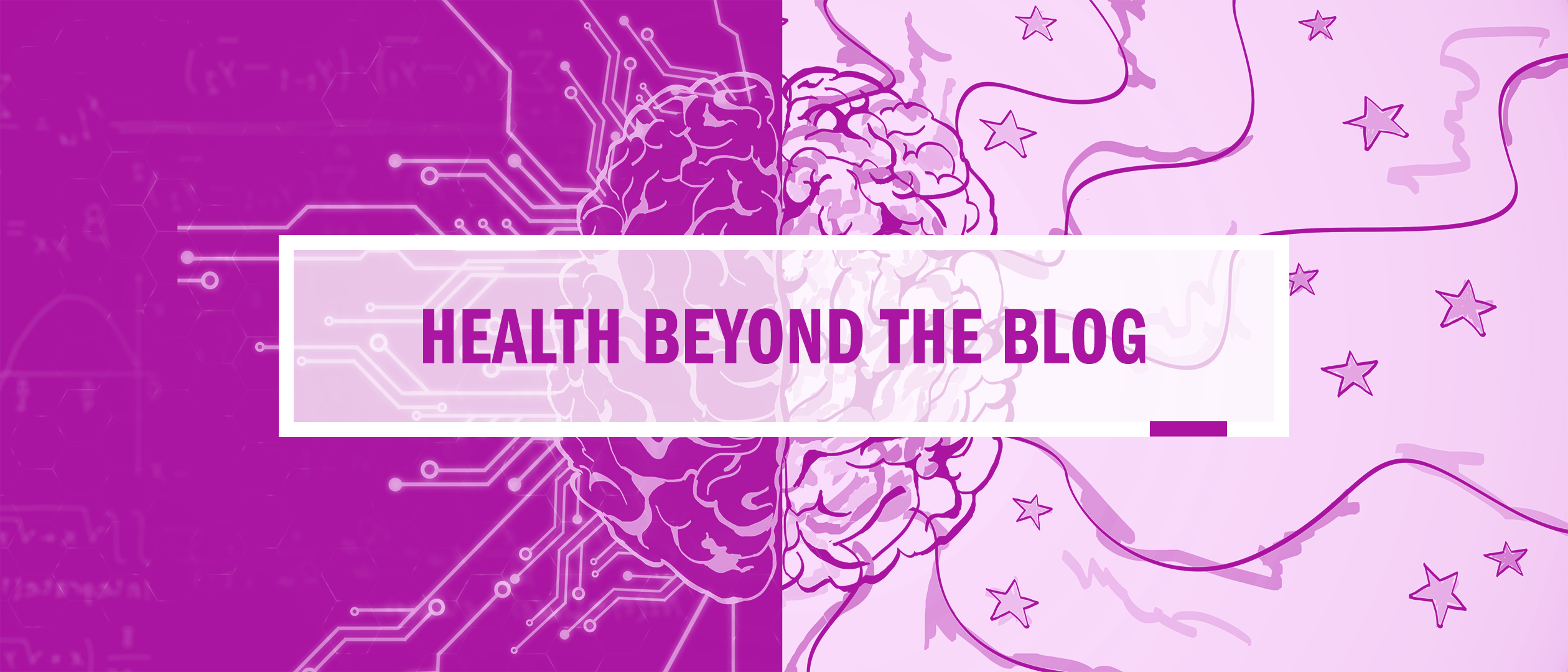New from the @EmoryCSHH News Team: As experts highlight the urgent need for an improved dengue vaccine, a new debate emerges about whether alcoholic beverages should carry cancer warning labels. Meanwhile, the author of "Anxious Generation" argues for granting children a "license to roam" to enhance their autonomy.
Drug overdose, especially regarding the opioid epidemic, has plagued the lives of over 750,000 people in the past two decades. In 2019 alone, the CDC reported over 72,000 deaths by drug overdose, two-thirds of which involved opioids. Amidst the current Covid-19 pandemic, overdose deaths have increased by 17% compared to death rates last year.[1] The numbers don’t lie–drugs can be extremely damaging. What often gets ignored, however, is that most users never plan on becoming addicted.
When used correctly, high-risk addictive drugs such as morphine have proven beneficial and can enhance a patient’s life when other forms of pain relief have failed. Improper usage of the drug can result in drug addiction or death.
Neuroplasticity, the brain’s ability to adapt and create new neural pathways and synapse connections, plays a critical role in the cycle of addiction and is also why recovery is such an arduous task. To understand how addiction develops in the brain, I interviewed Dr. Darryl Neill, a psychology and neuroscience professor who recently retired after 49 years at Emory. His course, Drugs and Behavior (now taught by Dr. Jennifer McGee of Emory at Oxford and in a genetics-oriented version by Dr. Rohan Palmer), was based on his expertise on the subject.
In 2019 alone, the CDC reported over 72,000 deaths by drug overdose, two-thirds of which involved opioids.
Stage 1
Addiction begins with the first experience of the drug. According to Dr. Neill, two people may try the drug simultaneously with the same dosage but feel very different effects. One may have a panic attack at the same time another experiences the euphoric effects of the drug.
Some may be more vulnerable to developing an addiction at this initial stage than others–genetically, environmentally, or psychologically. Studies have suggested that genetic predispositions may cause more positive side effects of the drug than in others, making some more likely to continue using. Other research done with experimental animals have found that stress, especially childhood stress, according to Dr. Neill, may also increase vulnerability to addiction years later. Personality may also play a role–psychologists such as Dr. Ken Carter of Emory at Oxford have shown that thrill seekers may be more prone to becoming addicted to stimuli such as cocaine.

Vulnerable or not, what reinforces drug use involves the neurotransmitter dopamine. The neuronal communications behind drug use are different than any other pleasurable activity, from the smell of baked cookies to crossing something off your to-do list. The act of experiencing anything pleasing sends the neurotransmitter dopamine to different brain areas, signaling the importance of the activity. When dopamine reaches the nuccleus accumbens, it causes the brain to seek the action repeatedly until it becomes a habit.
When a drug initially hijacks the brain, however, its chemical components activate the mesolimbic pathway by twofold, sending double or triple the amount of dopamine the nucleus accumbens has ever been used to.
The human brain repeats this cycle of dopamine seeking as a survival mechanism. For our cavemen ancestors, the reward system was a necessary tool for remembering where food was, and therefore where their next meal could be. However, when a drug initially hijacks the brain, its chemical components activate dopamine transmission by twofold, which sends double or triple the amount of dopamine the nucleus accumbens is used to. The brain renders that drug experience extremely important–sometimes to a degree in which the drug’s value becomes more valuable than food, water, and shelter.

As a result, the user seeks to experience that same high over and over again. Like the way humans learn and memorize, routine usage changes and strengthens neuronal pathways in the brain. The brain begins to associate the user’s external environment and the people they’re surrounded by with the drug. Seeking that high becomes their life because everything else in life seems incomparable to the feeling of the high. But here’s the paradox: the more they use, the less pleasure they experience. Yet, the brain has become so conditioned to the substance that the user still uses, regardless of whether or not they feel good. Drug use becomes a need, not a hobby. Dr. Neill refers to this process as “reward sensitization.”
Many opioid overdose deaths may be because when the experienced addict takes the drug in a setting different than their usual site, their brain is unconditioned to the setting and therefore experiences a higher effect of the drug, including negative side effects as lethal as overdose.
Stage 2
At this point, the user is an experienced drug addict. The number of hours or days they’re high begin to outnumber the number of times they aren’t. They become so dependent on the drug that they’ll use it anytime, anywhere. But the issue is that most users don’t know that where they take the drug also has detrimental effects, even when tolerance and experience are factors. Dr. Shepard Siegel, a psychologist at McMaster University, theorizes that the cause of many opioid overdoses may be due to a type of conditioned learning called classical conditioning, which refers to association by location. For experienced drug users whose “regular spots” are areas such as their homes, their brains begin to associate their built-up tolerance with specific environmental cues in their homes over time. When the user uses the drug at an unfamiliar area and those cues are nowhere to be found, their tolerance is not as high. As a result, the user experiences a higher drug effect, including adverse side effects as lethal as overdose. Dr. Siegel suggests that if more current users knew of this fact, it could prevent many overdose deaths.[2]

Stages 3, 4
In the last two stages of addiction, the user’s two options are recovery or surrender to the drug. Most choose to recover; however, recovery is not an easy feat. Withdrawal symptoms can be intolerable at times, and pure willpower will not reverse addiction. Studies have shown that relapse rates vary from 40 to 60% within the first year of recovery.[3] External triggers and factors accounted for in addiction vulnerability may also play a role. For example, scientists suggest that more impulsive individuals may be more susceptible to relapse than others.
Some triggers may never go away, such as a phenomenon Dr. Neill calls “environmentally-induced cravings.” These are environmental cues that trigger cravings, even if the user has been sober for years. In an interview Dr. Neill had with a former crack cocaine addict, the ex-addict said that he “always felt the craving for cocaine again every time he saw a certain type of woman” during his sobriety. This environmental cue resulted from associating the woman with the drug due to past experiences of using with her. In essence, there will never be a time when the user will go back to who they were before addiction.
But this doesn’t mean recovery from drug addiction isn’t possible. It just means that it takes a long time for the human brain to develop new behaviors and override old ones. For many, the difficulties of navigating healthcare barriers make this process even more difficult. For the millions of incarcerated individuals with addiction problems, restricted access to treatment may lead to higher relapse rates and overdose upon release. Addiction recovery takes time and effort. There is no “quick fix,” at least not yet. What is available, however, is how we interpret the facts and what we do with them.
References
[1] Alter, A., Yeager, C. (2020). The Consequences of Covid-19 on the Overdose Epidemic: Overdoses are Increasing [PDF file]. Washington/ Baltimore: ODMap Overdose Detection Mapping Program. Retrieved from http://odmap.org/Content/docs/news/2020/ODMAP-Report-May-2020.pdf [2] Siegel, S. (2016). The Heroin Overdose Mystery. Current Directions in Psychological Science, 25(6),375-379. doi:10.1177/0963721416664404 [3] Slomski A. (2014). Mindfulness-Based Intervention and Substance Abuse Relapse. JAMA. 311(24),2472. doi:10.1001/jama.2014.7644

